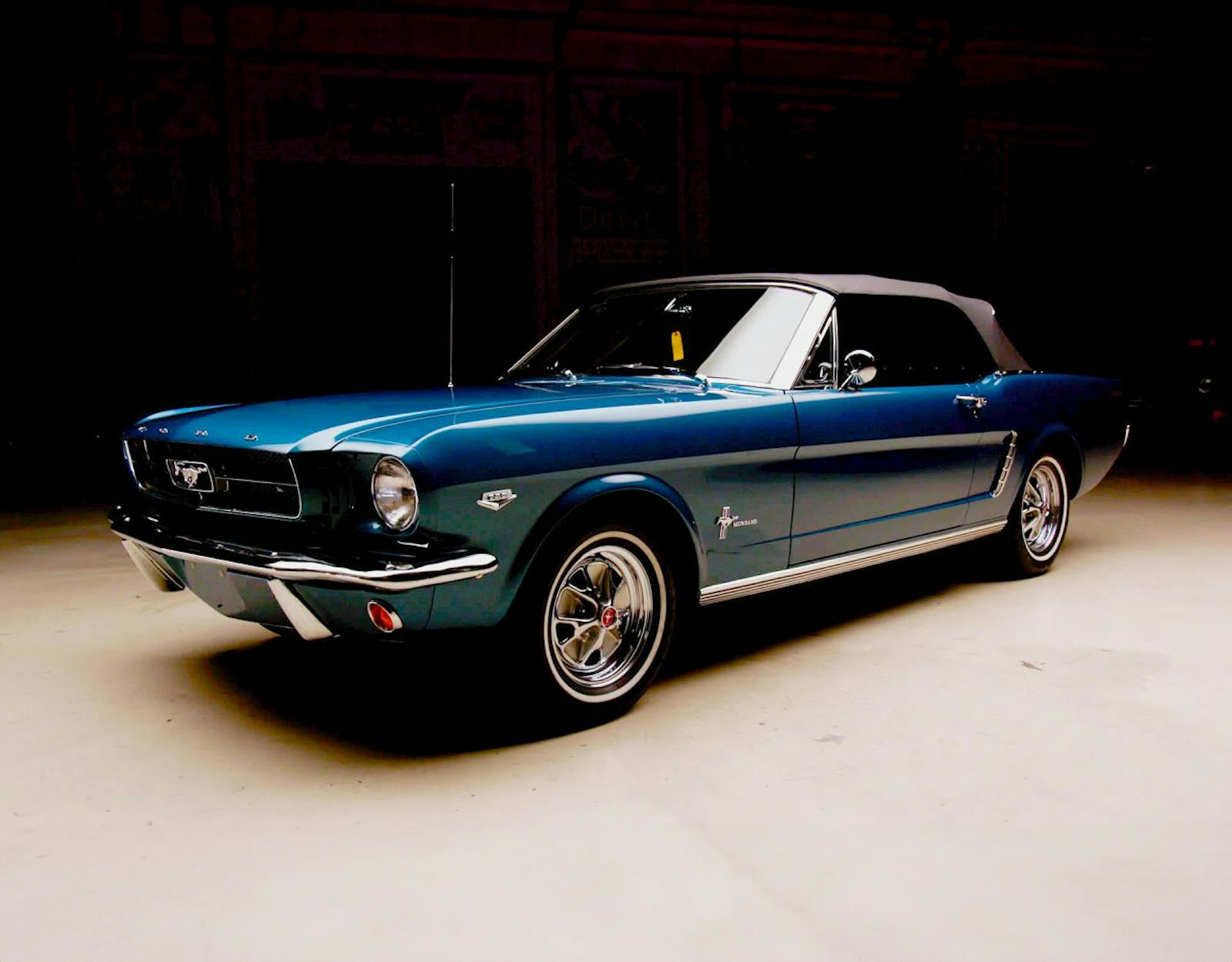The people driving up prices of “youngtimer” cars probably aren’t all that young
Collector cars from the 1980s, ’90s, and early 2000s—variably coined youngtimers, Radwood-cars, or just modern performance cars—have comprised the hottest sector of the classic car market for some time. They have dominated our annual Bull Market list of up-and-coming cars since it launched in 2018, and tend to come up whenever we’re discussing the latest auction records. The pandemic, however, seems to have accelerated that growth, as evidenced by huge gains for newer classics in the latest edition of the Hagerty Price Guide. Who, we wondered, is driving the uptick? More to the point, just how young are the buyers of youngtimer cars?
This story originally appeared on Hagerty Insider. For a deep dive into collector car values every Sunday, sign up for the Insider newsletter.
We had two guesses. The first and most obvious was millennials. Enthusiasts from this generation represent the fastest-growing group of Hagerty customers, and the pandemic seems to have encouraged many of these young people to pursue their passions (aka: the YOLO economy). But we also had an alternate theory. What if the boom was coming from … boomers? They still represent the single largest group of collectors overall, and their share tends to be particularly high among more expensive vehicles. Perhaps, we theorized, these enthusiasts are seeking classic cars with more modern comforts as they become, ahem, wiser.
Turns out, both of these guesses were wrong. Looking at auction sales of youngtimer cars from 2017 through the present (both live and online), and cross-referencing those sales with Hagerty insurance data (which includes the age of the person who holds the policy), we see that the the fastest growing group of buyers are actually those born between 1965 and 1981—Generation X.
This becomes even clearer when we zoom in on imported cars, which, as we've reported, are appreciating much faster than American vehicles of the era.
Baby boomers still make up a big chunk of buyers, but they fell behind Gen-X in 2017 and don't look like they'll ever catch up. Millennials aren't even close. In fact, they barely have a larger share than their grandparents—those collectors born before 1945. This likely reflects the fact that the examples of these cars offered at auction tend to be the ones in the finest condition and thus the most expensive, and millennials remain the cohort most sensitive to price. If we looked at the private market, where many cars from this era in rougher condition are still selling for used-car prices, we'd likely see far more millennials.
More caveats: Auction buyers on the whole tend to be younger than those who are shopping on the private market, so it's possible baby boomers were under-represented. And as it is, the generation gap is pretty small (although it is widening)—baby boomers' share is within a few points of Gen-Xers'.
But the lack of a clear-cut leader in the data may be precisely the point. People make a lot of assumptions about who is interested in certain cars. Sometimes, those assumptions are spot on: Millennials are definitely behind the rise of Nissan Skyline GT-Rs, for instance, and baby boomers remain heavily invested in 1980s and 1990s Porsche 911s. Overall, though, we find that enthusiasts of all ages like all kinds of cars. Sellers (and auction houses) shouldn't make sweeping assumptions about where their market is or isn't.
Which isn't to take away from those Gen-Xers, who often get less media attention than the larger generations on either side of them yet are a huge force in the collector car market, owing to the fact that they're in their peak earning years and are increasingly becoming empty nesters. We've found, in previous analyses, that they're the age group most likely to be behind any price rise in the classic car market. Last but not least, they're the people most likely to have been in high school when the cars of this era were new. We like to think of Fast and the Furious as the quintessential millennial car movie, but Vin Diesel is 53 and Paul Walker, were he still with us, would be 47—both Gen-Xers.


